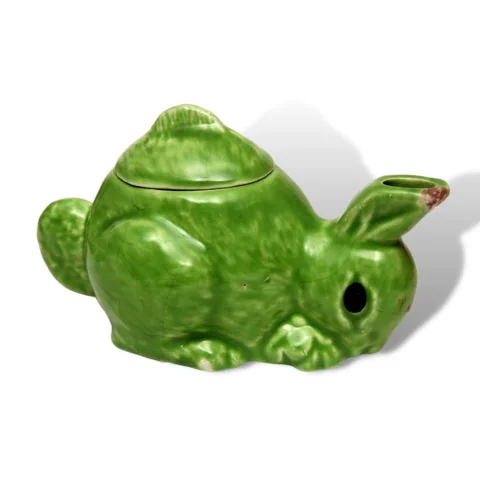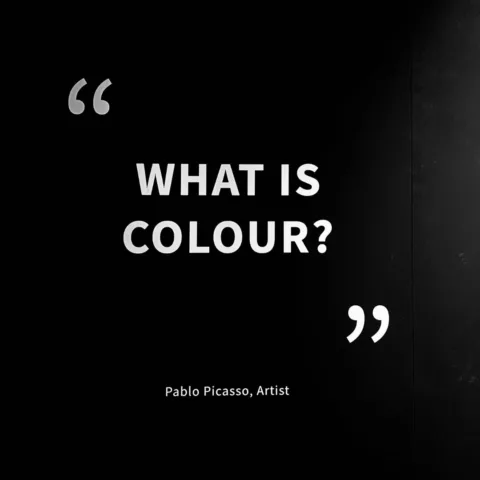The Bowes Museum Blog

“La femme au convent” or what could it be?
As a ceramics/pottery lover I’m in seventh heaven in those galleries as our collection is rated as top notch, not just in my humble opinion, but also according to experts Lars Tharp and Adam Schoon. While there are more iconic artefacts, such as the Swan and the Turner paintings, that I’ve become attached to during my many visits and my working life here, nevertheless I just adore this tiny Meissen scent bottle, but probably not for the reasons many women would wish to admire such an item.
It’s neither pretty nor feminine in the usual way we might imagine when conjuring up an image of a scent bottle but I think it’s absolutely wonderful, mainly because of its quirkiness – at first glance I’d defy anyone but an expert to have any clue as to what it is.

It’s only small, no more than about 4 inches tall, and you can easily walk past the gallery case without noticing it, but it would be your loss. In this instance, for me good things really do come in small packages. It was made circa 1760-70, of hard paste porcelain, and I love to imagine the story behind the creation of its two figures. Why was it produced? Where did the idea for it come from? Who is the attractive woman in the delicate white shoes? Why is she being hidden in a sheaf of wheat/corn, yet with her feet totally visible at the bottom for all to see? Her expression suggests she’s unafraid, and the incline of the monk’s head leads me to imagine they are exchanging secret whispers. Is she being smuggled in or out of his monastery – perhaps my overactive imagination can hazard a guess as to why? I don’t know the answers, and I’m not sure that I really want to, as I wouldn’t want it to lose its intrigue and magic for me. I have absolutely no idea of its monetary value, but to me it’s priceless.

Though we often associate 18th century porcelain with tablewares and teasets, many Continental factories found a ready market in ‘galanterien’ [articles of galantery] or small articles suitable as gifts for lovers – snuff boxes, need-cases and scent bottles. This little figure of an amorous monk would have made the donor’s/giver’s intentions very clear to a lady who was not a strict Roman Catholic!
By Sheila Dixon, Former Media & PR Officer at The Bowes Museum
Read more about the details of this intriguing object and see other comments from visitors and staff members in our 125 Platform https://125objects.thebowesmuseum.org.uk/







